Opioids are a leading cause of drug overdoses and have been for the past two decades. Opioids, both synthetic and prescription, have contributed to an increase in overdose deaths from 49,860 in 2019 to 81,86 in 2022. Prescription opioid overdoses went from 3,442 in 1999 to 14,716 in 2022. These figures have increased across all demographics, including different genders, races or ethnicities, and income levels. This means opioid overdoses do not discriminate.
Hospitals have seen a significant increase in the number of emergency room visits relating to overdoses as well. Thankfully, there are recently funded medications like naloxone, which can save a life during an opioid overdose. But how long does naloxone block opioids?
What is Naloxone?
Naloxone is a medication available to anyone designed to help prevent opioid overdoses. It reverses an overdose from an opiate by attaching to the opioid receptors and reversing the effects of an opioid or blocking their effects.
Common Opioids
In the event of an opioid overdose, naloxone can be used to help an individual get back to regular breathing.
Common opioids include:
- Fentanyl
- Codeine
- Morphine
- Hydrocodone (Vicodin)
- Oxycodone (OxyContin
- Heroin
This drug can help someone who is experiencing an overdose, although it is not considered a long-term treatment for opioid addiction.
Signs of an Opioid Overdose
If you or someone close to you is struggling with an opioid overdose or you suspect that there was an overdose, naloxone should be administered immediately. Some signs include:
- Faint heartbeat
- Lack of consciousness
- Small pupils
- Slow or shallow breathing
- Vomiting
- Limp arms and legs
- Pale skin
- Inability to speak
- Purple lips or fingernails
Note: Naloxone does not have any effect on someone who has not overdosed, nor will it affect someone who doesn’t have opioids in their system.
How Long Does Naloxone Block Opioids?
According to the NIDA, naloxone only reverses an opioid overdose for between 30 minutes and 90 minutes. It can block the opioid receptors for anywhere between 30 minutes and 120 minutes, depending on the dose that is administered and the way in which it is administered.
Administration for Naloxone
There are two forms of administration for naloxone. The first is injection and this is something administered by a healthcare professional, usually a first responder or a doctor. The second is a prepackaged nasal spray under the name Narcan or naloxone and this is available to anyone, administered with limited formal training requirements.
Findings suggest that when it’s delivered by a professional through an injection, it lasts a little bit longer compared to nasal spray.
Getting Help with Opiate Addiction
While knowing answers to questions like “How long does naloxone block opioids?” is important, especially if you are looking to prevent an overdose in a loved one, equally important is recognizing that this is not a form of long-term treatment but rather an emergency option for someone who needs immediate help.
Naloxone can stop the effects of an opioid for an average of one hour; however, that only tackles the immediate danger of an overdose and does not extend to the need for ongoing treatment starting with detox.
With our opiate detox program, we can help with the next step after the emergency, which is detox and subsequent therapy. The detox program for opioids is best done with the help of medical professionals through a medication-assisted treatment plan or MAT.
At our facility, clients can participate in this plan and receive access to FDA-approved medication that helps block the effects of opioids in much the same way as naloxone, making it easier to get through the initial withdrawal and prevent subsequent cravings. Administration of these FDA-approved medications requires participation in therapy, all of which can be done at our treatment center.
Overall, how long does naloxone block opioids? This is based on the method used for administration. The average time is between 30 minutes and 120 minutes for an injection and between 30 minutes and 90 minutes for a nasal spray. Once administered, it’s imperative that someone who has recently experienced a potential opioid overdose get professional treatment, starting with an opioid detox program.
Contact Sequoia Recovery today to learn more about our opioid programs.

